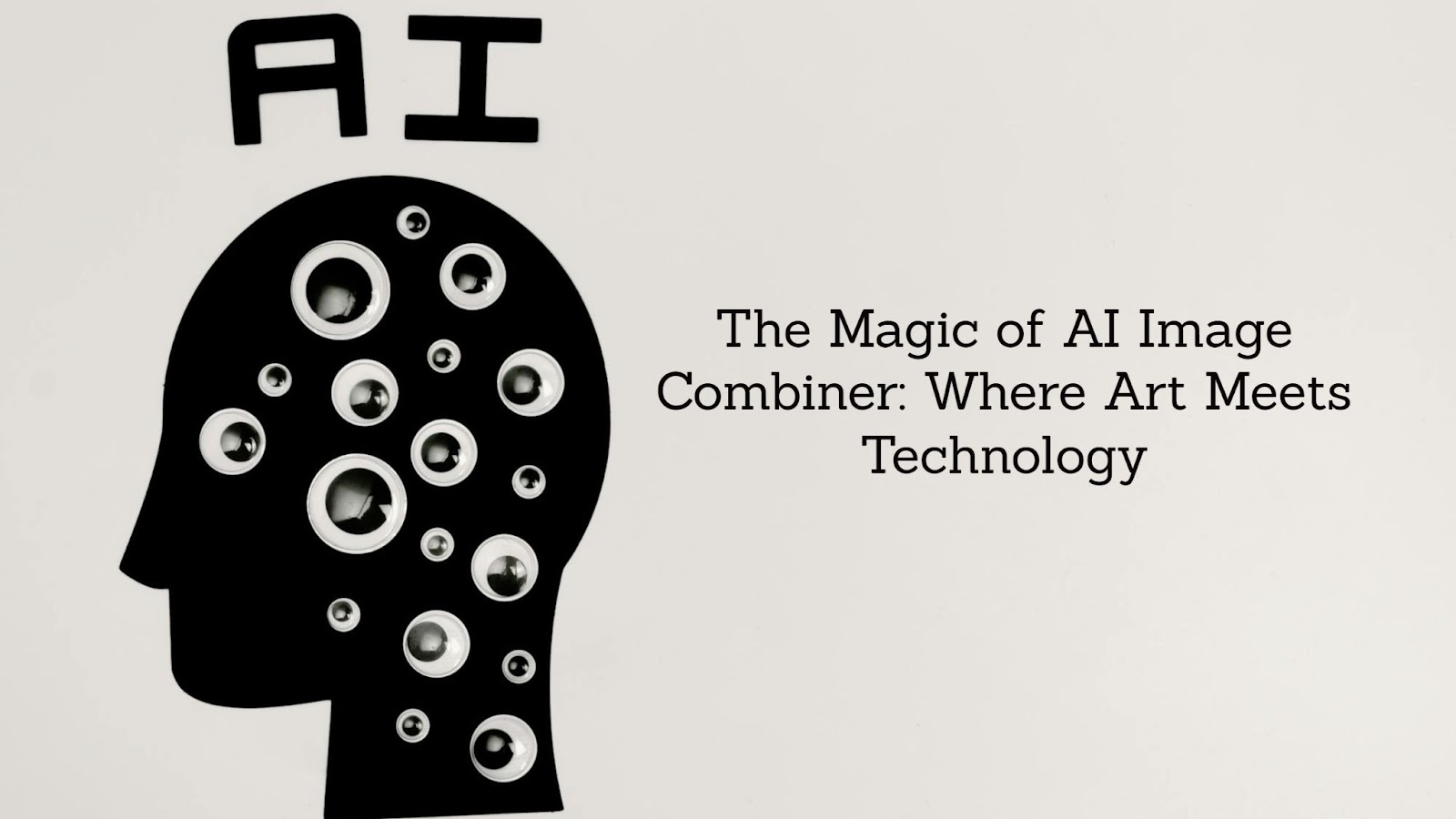In the realm of digital artistry, the convergence of artificial intelligence and image manipulation has birthed a revolutionary tool – the AI image combiner. This innovative technology has garnered attention from both artists and technophiles alike, as it offers a seamless fusion of creativity and computational power. In this article, we delve into the workings of AI image combiners, their applications, and the implications they hold for the future of visual expression.
Unveiling the Technology Behind AI Image Combiner:
At its core, an AI image combiner operates by leveraging deep learning algorithms to merge multiple images into a single, coherent composition. Unlike traditional image editing software that relies on manual input and predefined filters, AI combiners autonomously analyze input images, extract relevant features, and intelligently blend them to create a new, synthesized output.
The magic unfolds through neural networks, particularly Generative Adversarial Networks (GANs) and Variational Autoencoders (VAEs), which have emerged as the cornerstone of modern AI image manipulation. GANs, pioneered by Ian Goodfellow and his colleagues, consist of two competing networks – a generator and a discriminator – engaged in a continuous game of cat and mouse. The generator fabricates synthetic images, while the discriminator endeavours to distinguish between real and fake ones. Through iterative training, GANs learn to produce increasingly realistic outputs, making them ideal candidates for image synthesis tasks such as those performed by AI image combiners.
Applications Across Diverse Domains:
The versatility of AI image combiners transcends boundaries, finding applications across a myriad of domains:
Art and Creativity:
Artists and designers are harnessing the power of AI combiners to unlock new realms of creativity. By merging disparate images or styles, they can generate surreal landscapes, abstract compositions, or hybrid creatures that defy conventional categorization. This symbiotic collaboration between human ingenuity and machine intelligence has redefined the boundaries of artistic expression, enabling creators to explore uncharted territories.
Fashion and Design:
In the realm of fashion and design, AI image combiners serve as invaluable tools for prototyping and conceptualization. Designers can seamlessly blend different fabric patterns, textures, and colour schemes to visualize potential garment designs or interior decor concepts. Moreover, AI combiners facilitate the generation of hyper-personalized fashion ensembles tailored to individual preferences, thereby revolutionizing the retail experience and challenging traditional notions of mass production.
Film and Entertainment:
AI image combiners are poised to disrupt the film and entertainment industry by streamlining the production pipeline and enhancing visual effects capabilities. From seamlessly integrating CGI elements into live-action footage to generating lifelike character animations, AI combiners empower filmmakers to realize their creative vision with unprecedented efficiency and fidelity. Additionally, they facilitate the restoration and remastering of archival footage, breathing new life into classic films and preserving cultural heritage for future generations.
Medical Imaging and Diagnosis:
In the realm of healthcare, AI image combiners hold immense promise for advancing diagnostic accuracy and treatment efficacy. By amalgamating multimodal medical imaging data, such as MRI scans, CT scans, and histopathological images, AI combiners enable clinicians to derive comprehensive insights and make informed decisions regarding patient care. Furthermore, AI-driven image synthesis techniques facilitate the generation of realistic anatomical models for surgical planning and medical education, thereby enhancing patient outcomes and advancing medical research.
Ethical Considerations and Future Implications:
While the proliferation of AI image combiners heralds a new era of creative empowerment and technological innovation, it also raises pertinent ethical considerations and societal implications. Chief among these concerns is the potential for misuse or manipulation, as AI-generated content blurs the line between reality and fiction. From the proliferation of fake news and misinformation to the erosion of trust in visual media, the democratization of image synthesis tools necessitates a nuanced approach to ethical governance and responsible usage.
Moreover, the advent of AI image combiners underscores the need for interdisciplinary collaboration and cross-sectoral dialogue to address emergent challenges and chart a path forward that balances innovation with accountability. As we navigate the uncharted waters of AI-driven creativity, it is imperative to foster a culture of transparency, inclusivity, and ethical stewardship to ensure that the benefits of technological progress are equitably distributed and responsibly managed.
In conclusion, AI image combiners represent a convergence of art and technology, offering boundless opportunities for creative expression, innovation, and societal impact. By harnessing the transformative power of AI, we can unlock new dimensions of visual storytelling, redefine the boundaries of human imagination, and pave the way for a future where artistry knows no bounds.
As we stand on the cusp of a paradigm shift in visual culture, let us embrace the possibilities afforded by AI image combiners while remaining vigilant stewards of ethical integrity and human values. For in the synthesis of art and technology lies the promise of a more vibrant, interconnected, and profoundly human future.
